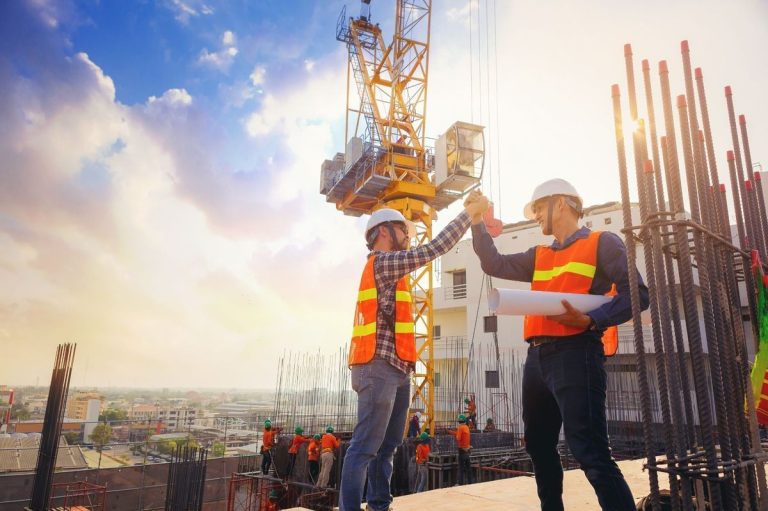Starting a new real estate project can be exciting. It’s the beginning of a new adventure where you create something from just an idea. But, the journey is also filled with challenges, especially regarding money.
The truth is building something new, especially a big project like a housing development, can quickly become very expensive. Costs for materials, labor, and all the unexpected things can add up faster than you’d believe.
And before you know it, you spend way more than you originally planned. That’s a situation you don’t want to be in. That’s why we’ve got some insider tips to keep those costs under control.
Let’s dive in!
Thorough Planning and Budgeting

When managing construction costs for new real estate projects, the importance of thorough planning and budgeting cannot be overstated. So, take the first step and outline every aspect of your project in detail.
It’s not just about deciding what you’re going to build but understanding how you’re going to build it, what materials you’ll need, and how long it will take. This level of detail helps you foresee potential issues before they arise and lets you make informed decisions.
Another important thing is to set a realistic budget. This involves a comprehensive understanding of every expense, such as permits, insurance, and even the cost of temporary utilities during construction. By considering these expenses from the start, you can develop a budget that reflects the actual cost of your project.
Utilize Old Machinery and Equipment
Another smart way to cut construction costs for new real estate projects is by using old machinery and equipment. Now, old doesn’t mean outdated or unsafe. Instead, it means using well-maintained machinery that can do the job as well as brand-new equipment but at the right cost. The approach can lead to significant savings right from the start.
Now, the question is how to find and choose the right used equipment. Well, looking at reputable dealers who specialize in used construction equipment is a great place to start. You can conveniently locate such dealers online through platforms like Surplus Record, a valuable resource for connecting with them. These dealers often have a good selection and usually inspect the equipment before selling it. This means you can be more confident in what you’re buying.
Implement Sustainable Practices

Sustainable construction practices are not just good for the planet; they’re also great for your wallet in the long run. When building sustainably, use methods and materials that are friendly to the environment. This approach can lead to saving money, especially when you think about the long-term benefits.
One of the biggest advantages of choosing sustainable practices is the potential for tax incentives and rebates. Many governments and organizations offer financial rewards for projects that meet certain green building standards.
These incentives can lower the upfront costs of implementing green technologies and materials in your project. From solar panels to rainwater harvesting systems, there are many options that might qualify for these benefits.
Optimize Design to Save Costs

When thinking about saving money on construction projects, consider an efficient design. This doesn’t mean making a space look good. Instead, it means making the best use of your space and cutting down on waste. This approach ensures that every square foot serves a purpose and that nothing is more than what it needs to be.
Now, architects and engineers play a huge role in this. They are the ones who take a vision and turn it into a plan that can be built. Their expertise allows them to see the big picture and the tiny details. They know how to design a building to use less material and energy, saving money both during construction and over the building’s life.
But doing this without sacrificing quality is where their skills really shine. They can even suggest materials and methods that are cost-effective but still durable and look great.
Bulk Purchasing and Negotiation with Suppliers
Do you know the more you buy at once, the cheaper each piece becomes? That’s right! This is because suppliers are often willing to lower their prices if they know they will sell a lot of something. This way, you get your materials at a lower cost, and they sell more products.
But it’s not just about buying a lot at once. It’s also about talking to your suppliers and negotiating better deals. Most suppliers are open to negotiations, especially if they see the potential for a long-term relationship. They’re looking for loyal customers just as much as you’re looking for reliable suppliers.
When you find a supplier who provides good quality materials at reasonable prices, stick with them. Over time, this relationship can lead to even better deals and savings.
Conclusion
Finally, minimizing construction costs doesn’t mean compromising quality or your vision. Instead, it’s about making informed, strategic decisions every step of the way. From the initial planning stages to the final touches, every choice you make can significantly impact your project’s budget.

